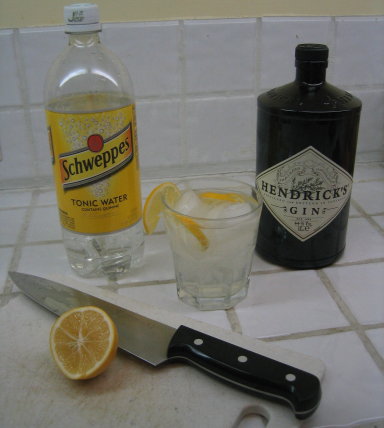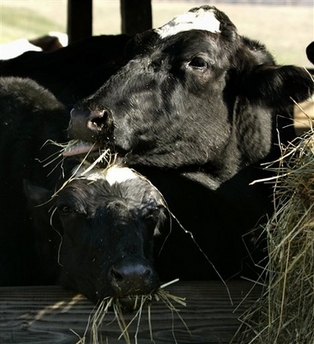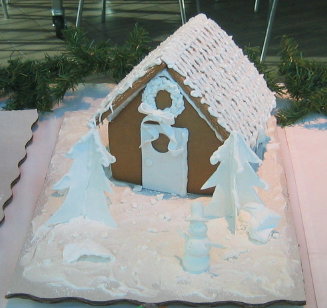Saturday Scenes

(The striking central red piece above is by the artist called Alonys (as are the ones surrounding). You can see more things of hers at her myspace space.)
Well, it’s been a busy week here, and I had tons of things to tell you in about five or six extra posts (beyond the quick ones I did) that never made an appearance. I had several for last weekend too. I ought to start by catching up from there. Here goes a bit of recollection and reflection:
Saturday was interesting since I ended up cramming three different activities into the evening, after a day of gardening and errands (mostly the latter), if I recall correctly.
 The evening began (as it did the Saturday before) with a trip to an opening at an art gallery. This time it was downtown, near Gallery Row, (it is called Crewest) and it was featuring the work of some up and coming female artists. Overall, I was not overwhelmed with things I thought were great, but the exhibition was not without some interesting pieces on the walls (see above – some of her 3d sculpture-meets-painting works were fun too) and sometimes interesting people milling around. There was even a DJ, but sadly no wine (I’d been spoiled by the last gallery reception, I suppose.) […] Click to continue reading this post
The evening began (as it did the Saturday before) with a trip to an opening at an art gallery. This time it was downtown, near Gallery Row, (it is called Crewest) and it was featuring the work of some up and coming female artists. Overall, I was not overwhelmed with things I thought were great, but the exhibition was not without some interesting pieces on the walls (see above – some of her 3d sculpture-meets-painting works were fun too) and sometimes interesting people milling around. There was even a DJ, but sadly no wine (I’d been spoiled by the last gallery reception, I suppose.) […] Click to continue reading this post






